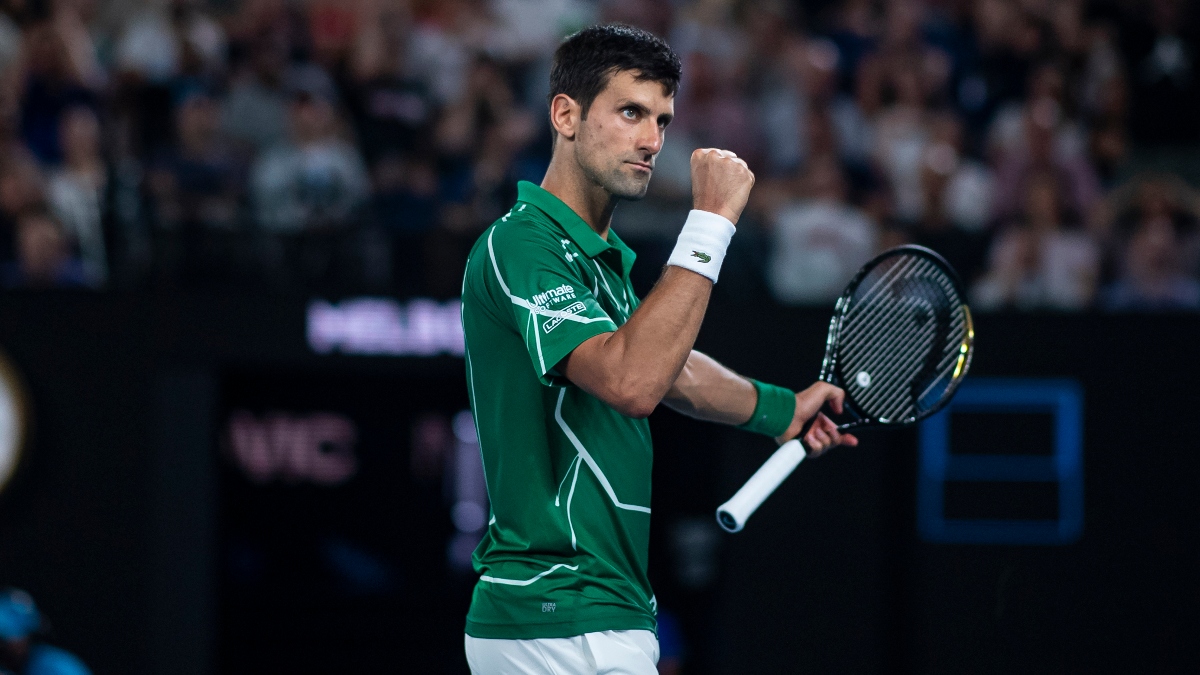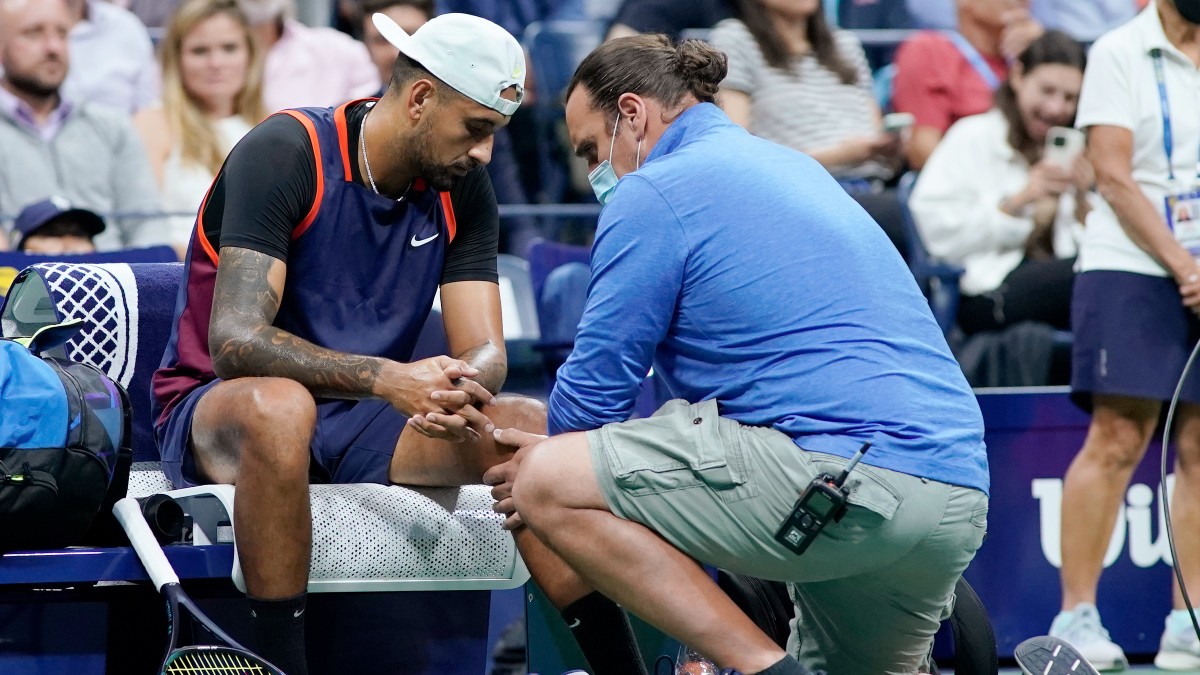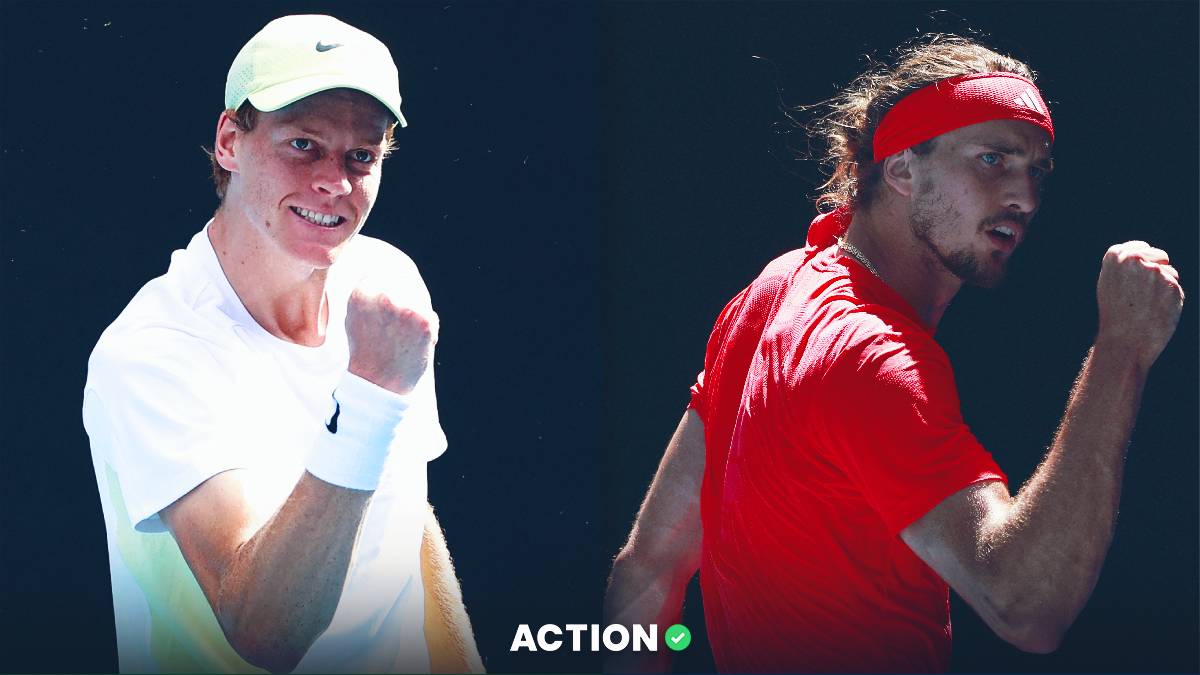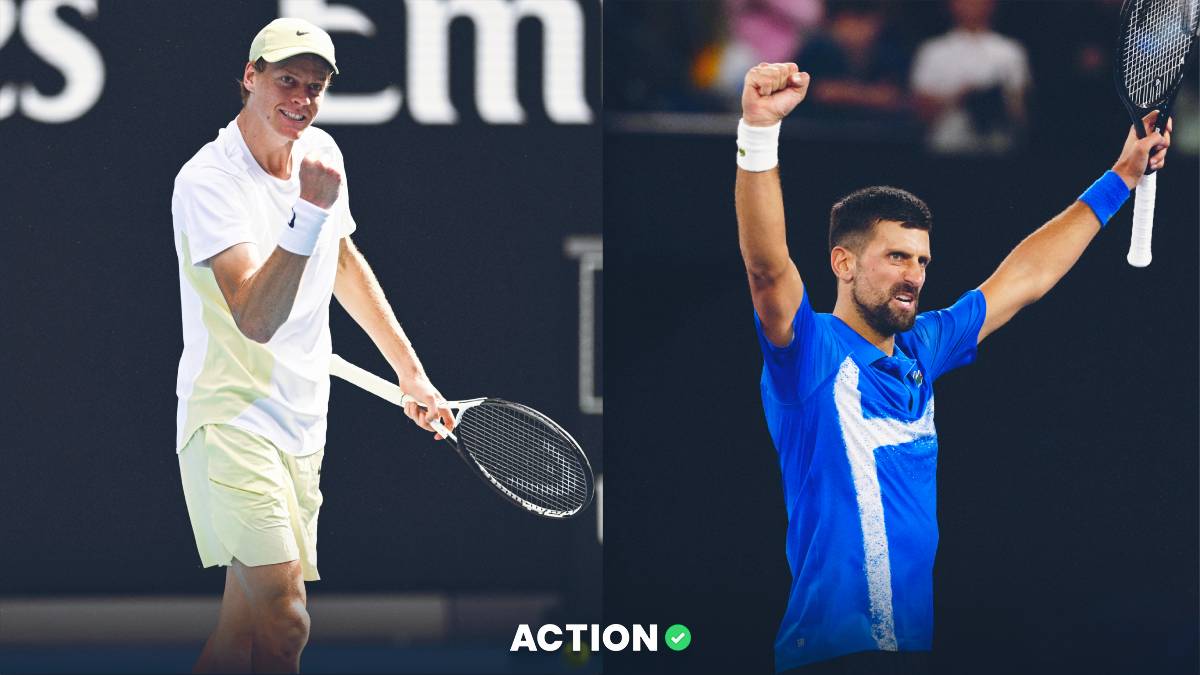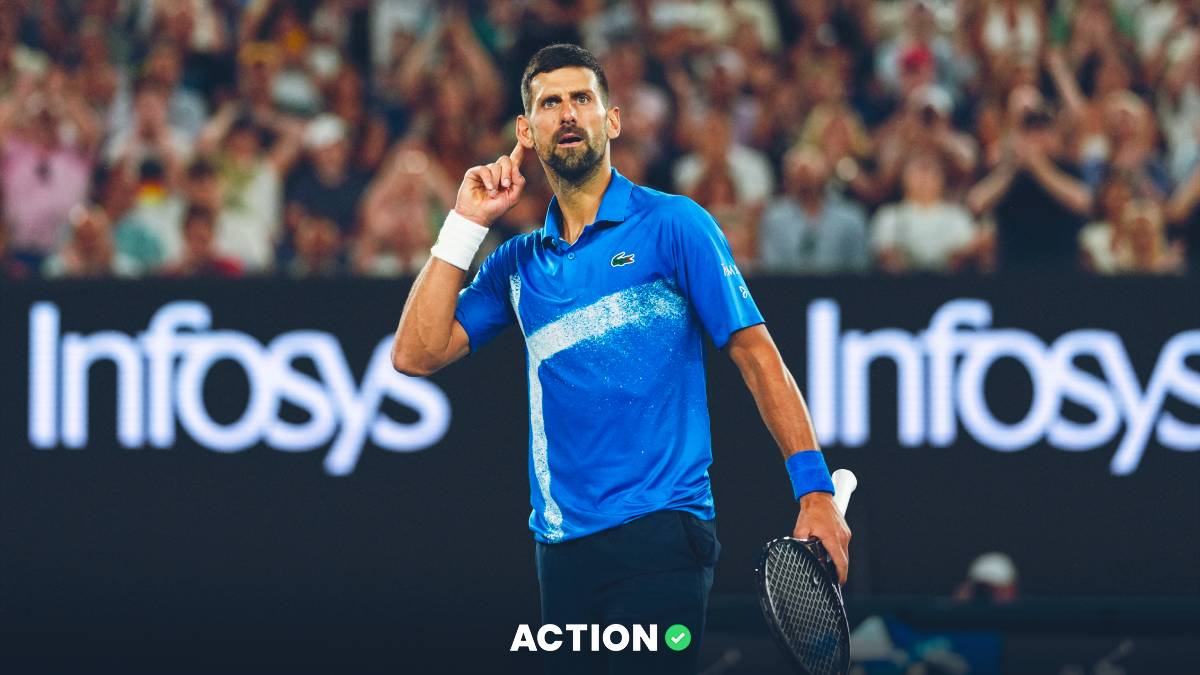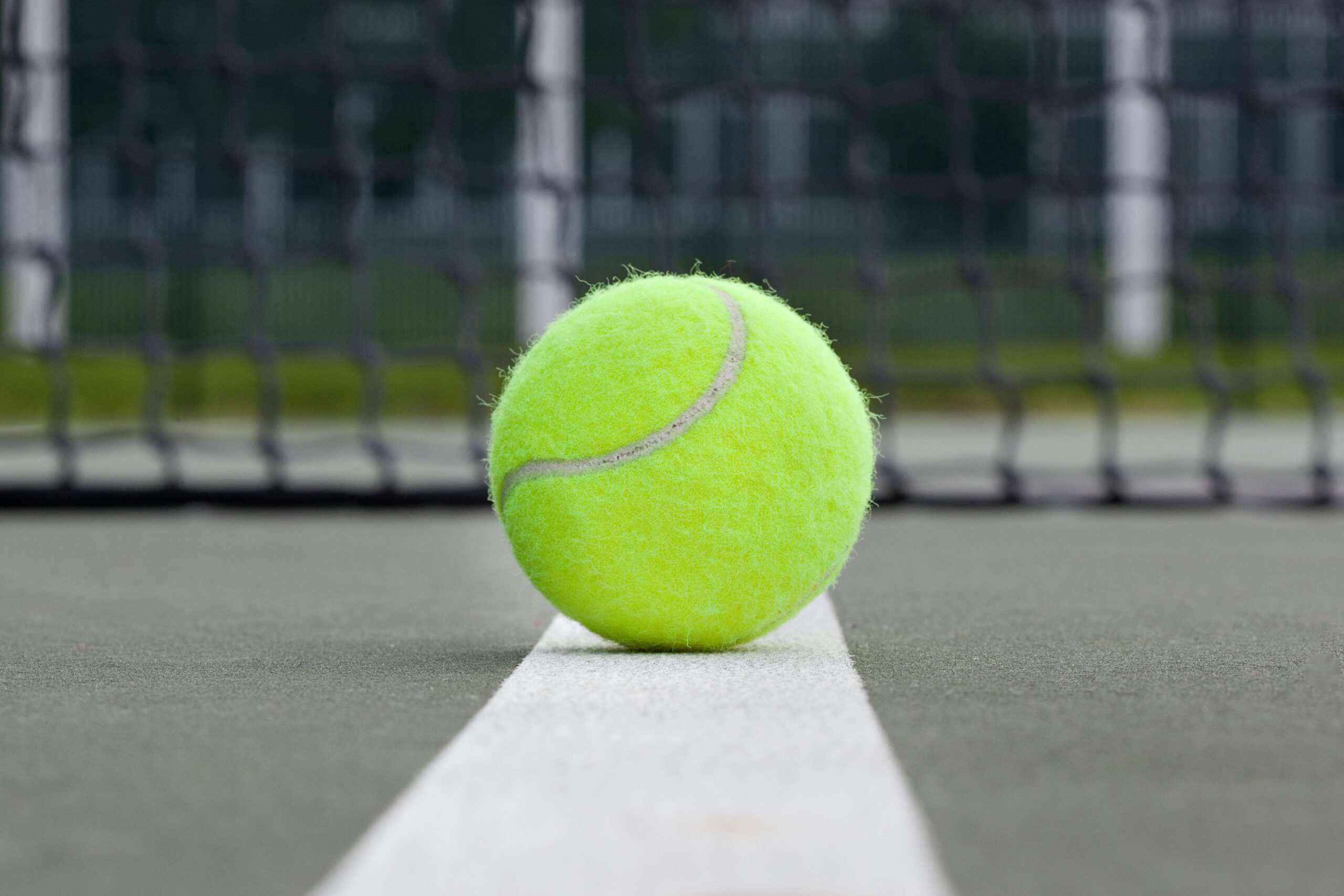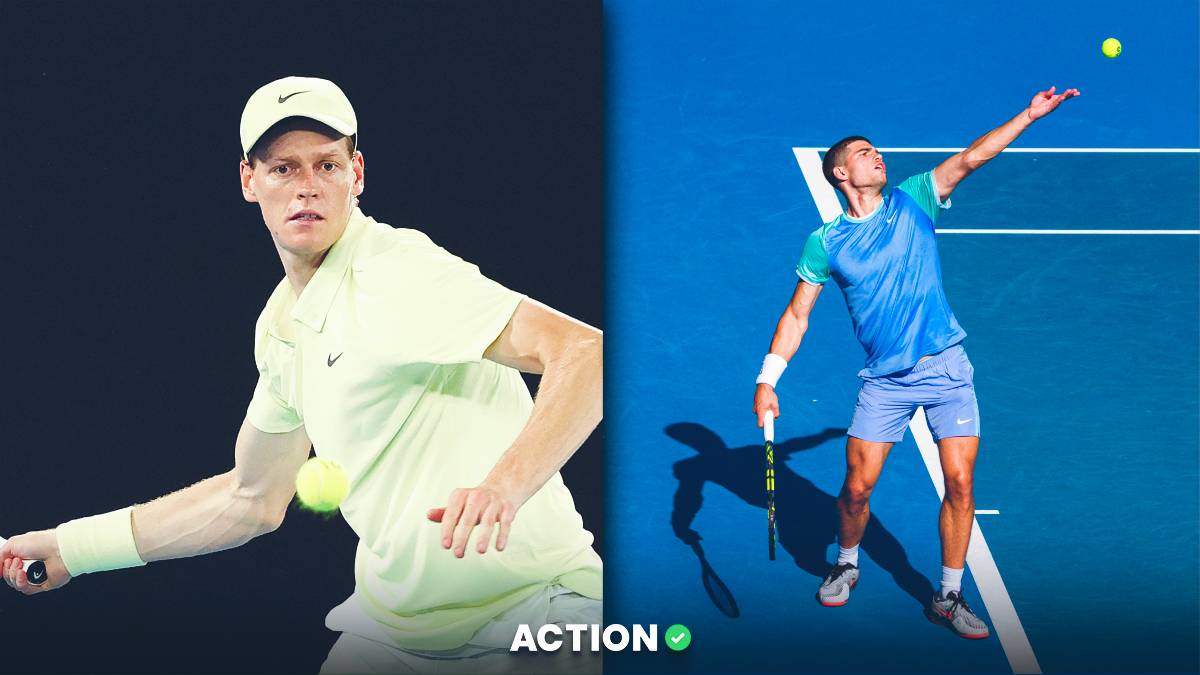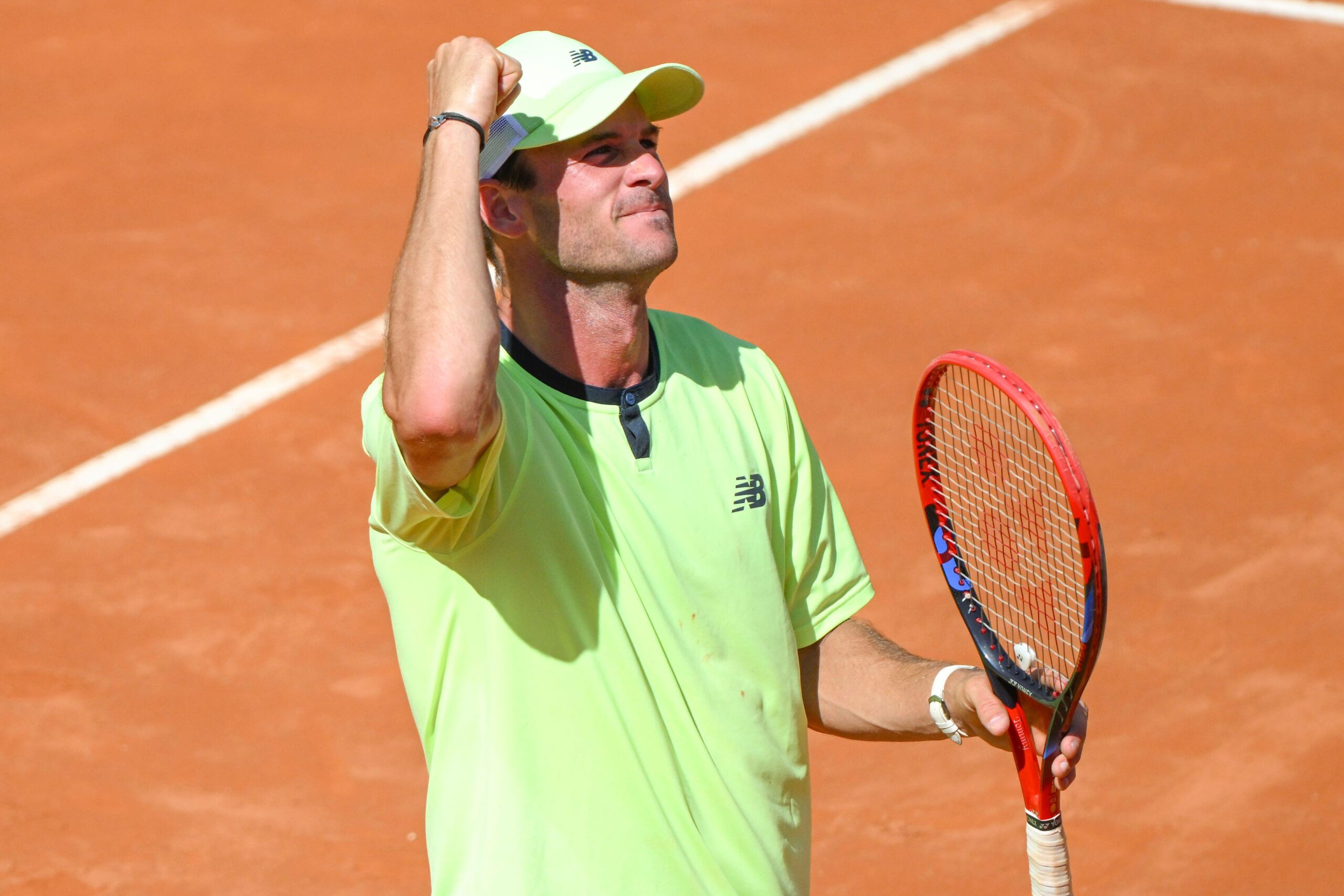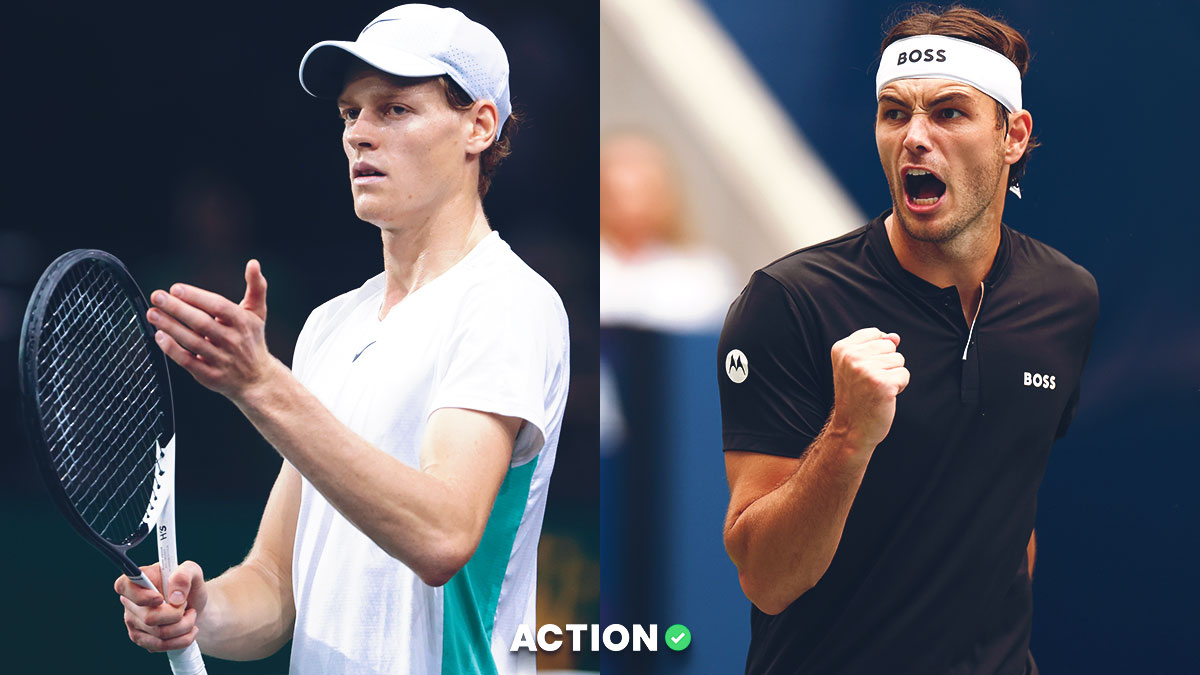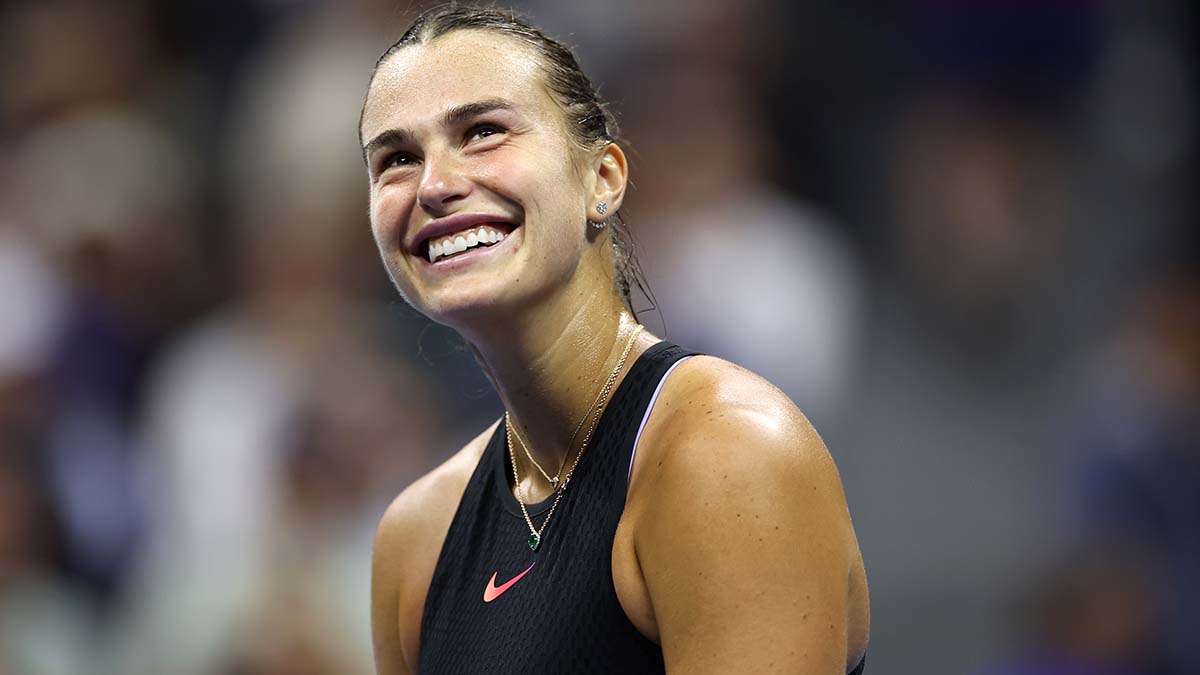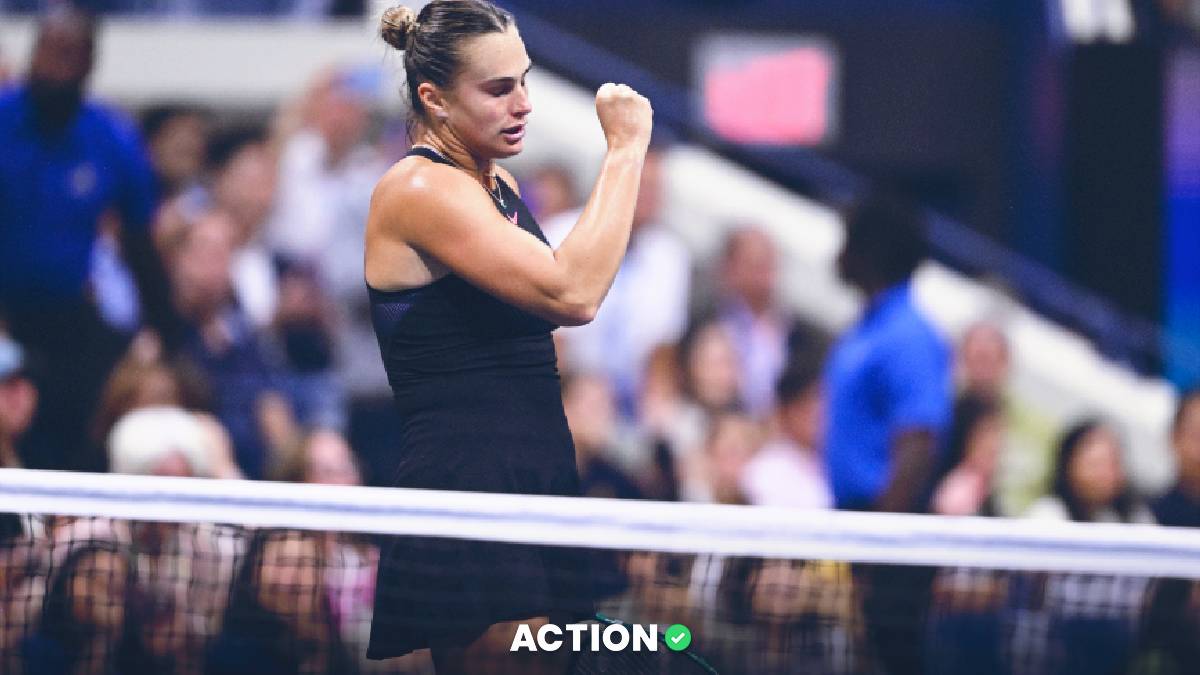Though not one of the more popular sports in the states, tennis is one of the most bet-on sports in the world.
With the U.S. Open, America's Grand Slam, fast approaching, it's important to understand some of the contextual aspects that make tennis a complex sport to bet on.
Beyond the unique scoring system that isn't defined by total points won, there are a number of intricacies to tennis betting that bettors should be aware of.
Factors to Consider When Betting on Tennis
Tennis is not as straightforward as most sports when it comes to matchups and context.
1. Surface
When betting on basketball, you know that the game will take place on a hardwood court. When betting on football, you know that the game will commence on a 100-yard by 160-foot grass or turf field. Tennis isn't that simple.
There are three surfaces that a tennis court can be played on within the two professional tours, the ATP and the WTA, and each surface can have a big impact on any given matchup.
Ultimately, it's up to you as a bettor to determine how you want to weigh results on each surface, but players can display consistently different performances and metrics on each surface, so keep that in mind.
Casper Ruud, for example, has an 80% win rate on clay over the past year, but he is at 50% on grass and below 35% on hard courts.
Hard courts are the most common surface you'll find in professional tennis. These are the courts you are most likely to find when playing at your local park or in a majority of the country. They are largely some of the fastest surfaces the pros play on and though each hard court is marginally different, they all share the same basic qualities.
Clay courts are the next-most-common surface to see pros playing on. At the professional level, nearly all clay courts are made of red clay, most commonly found in Europe and South America. This surface generates long rallies and favors players with better groundstrokes since the ball is slowed down when bouncing on the clay, negating the impact of power to an extent.
Grass courts are the rarest courts to find on tour, but they're seen in the summer grass swing leading up to and including Wimbledon. These courts are defined by their low bounces and historically, this is the surface that denotes the largest advantage to big servers.
Each player has different preferences and advantages/disadvantages when playing on each surface, leading to much different results depending on where they are playing.
2. Fatigue and Travel
Tennis is one of the most context-dependent sports in the world, and odds will reflect that.
With tournaments taking place each week for almost all 12 months of the year, there is a remarkable amount of tennis played by each individual (or doubles team). This can lead to players playing on any amount of rest before a given match, with travel also important to consider.
For example, if a tournament is taking place in Toronto in one week and Cincinnati the next, a player may travel from Cincinnati to Toronto and have to play on two days' rest, while their opponent may be on five.
Oddsmakers will factor these ideas into lines for given matchups but if you can discern additional value on a player due to his level of rest or his opponent's, particularly in grand slams where five-set matches can be played, it is important to note.
Always consider these elements of a match when making an evaluation on it.
3. Break Point Conversion and Save Percentage
Tennis is heavily reliant on big moments. In theory, each point counts the same, but a number of them can have a significant impact on a match while some are largely unimportant.
The biggest indicator of a big point comes in the form of break points, where servers are on the verge of losing a game they are nearly always expected to win. This is all variable based on the context of the match and who is playing, but identifying players that perform well in these points can lead to greater profits.
For example, you may wonder why Rafael Nadal and Novak Djokovic have winning records against Roger Federer. A big component is winning more break points, both saving them on their own serve, and converting them when returning.
Nadal has a 45% career conversion rate on break points, and Djokovic a 44.5% conversion rate, while Federer has a 41% conversion rate.
This doesn't mean that Nadal or Djokovic are necessarily more talented than their Swiss counterpart, but it does mean that they have an ability to maintain their form in the most mentally taxing moments of matches better than him.
That can have a massive impact in matches.
4. Player Niches
The biggest difference between team and individual sports is the human element behind it. All results are on one individual, adding to the mental intensity of the sport.
This also leads to different players thriving in different situations, or faltering in certain situations on a consistent basis.
For example, look at a player such as Denis Kudla. By no means is he lighting the tour on fire, ranked 92nd in the world. But Kudla has the fourth-highest winning percentage on tour in the past year after losing the first set, ahead of top ten players such as Stefanos Tsitsipas, Andrey Rublev and Matteo Berrettini, among others.
On the flip side, a player such as Felix Auger-Aliassime has a 97% win rate in the last year after winning the first set, good for second in the world.
Aliassime's 30-1 mark is second only to world number one Djokovic, and is particularly noteworthy when seeing that he only has a 21% win rate after dropping the first set, only 49th in the world.
Though there are obviously other factors that go into these statistics, they can provide valuable insights for bettors. Small niches like this can provide additional opportunities for live betting and more pre-match advantages.


